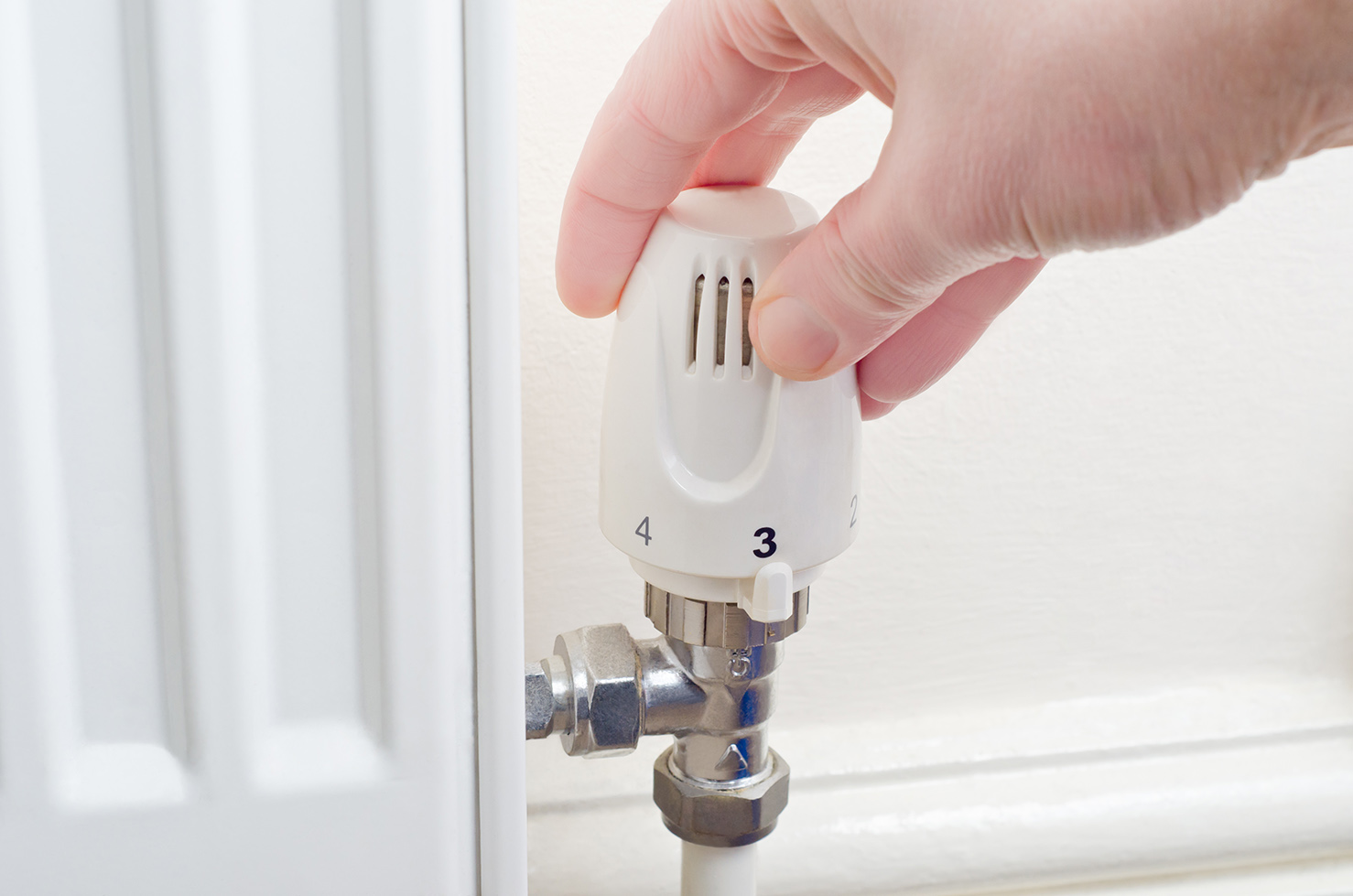The last thing you want in your new home are large, dark, patches of damp, black mould…
Damp and mould concerns form the highest number of complaints received by Unipol with regards to housing issues. This pattern is seen year after year, and has a huge impact on students and their enjoyment of their student house.

Mould growth can be a sign of a serious structural problem which can cost a lot of money to fix. However, nine times out of ten, mould growth is usually due to internal condensation, with students often mistaking mould for damp. This mould is caused by warm air meeting a cold surface; similar to when you’re in a car and it gets steamed up. Usually it occurs in winter because the building is cold, and because windows are closed the damp air cannot escape.
Whatever the case, it’s not pleasant, and so Megan, Unipol’s Code Complaints Investigator, briefly explains how mould growth can be dealt with.
What shall we do about it, then?
- Stop damp air from spreading to other rooms from kitchens and bathrooms, or from where clothes are drying by keeping doors closed.
- Open windows a little to provide some ventilation so that the moist air can escape.
- Put lids on pans when cooking.
- Use the heating reasonably but regularly.
- Make sure any extractor fans work properly and are used.
- Any sign of mould growth is an indication that you need to improve the heating or ventilation.
- Get your marigolds to the ready and use a mild detergent and damp cloth to wipe away mould spores on windows and walls.

Not enough for a pint, never mind heating!
Simple steps can be taken to improve energy efficiency in your accommodation, without having to cost the earth.
- Use your central heating timer or thermostat to turn the heating on and off regularly.
- Keep the property constantly warmed during cold months. It is actually cheaper to heat little and regularly than to allow the property to get very cold.
- Avoid drying clothes on radiators.
- Don’t put furniture in front of the radiators as it will absorb a lot of heat and therefore the room will not become as warm.
- Close curtains at dusk during winter, as this will help stop heat escaping through the windows.

For further information, click here. If you have tried all of the tips above and are still experiencing problems, or are concerned about the problem being more than condensation, please speak to your accommodation provider and make them aware of the situation.
